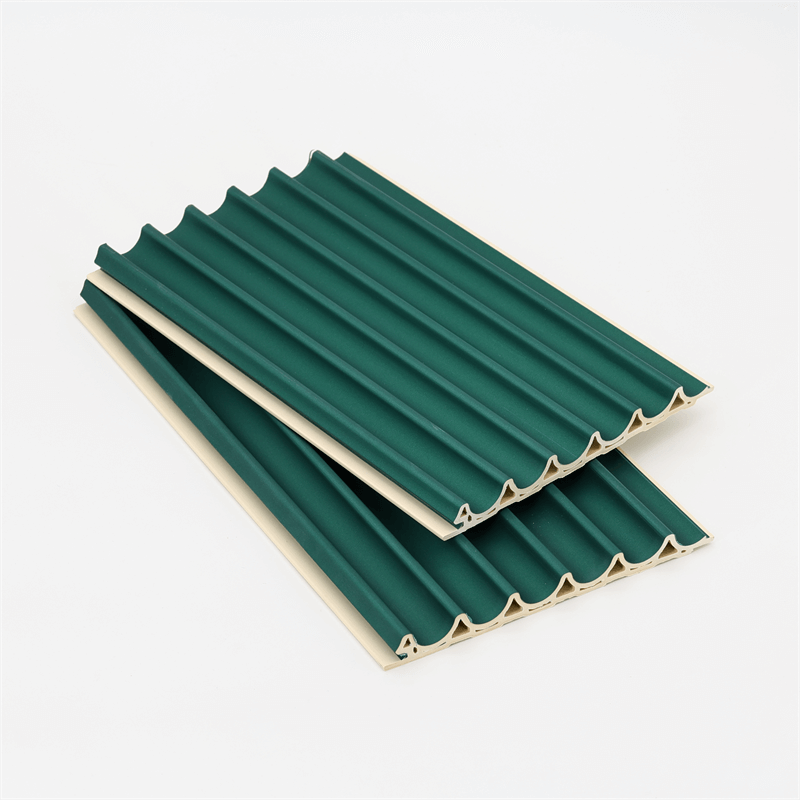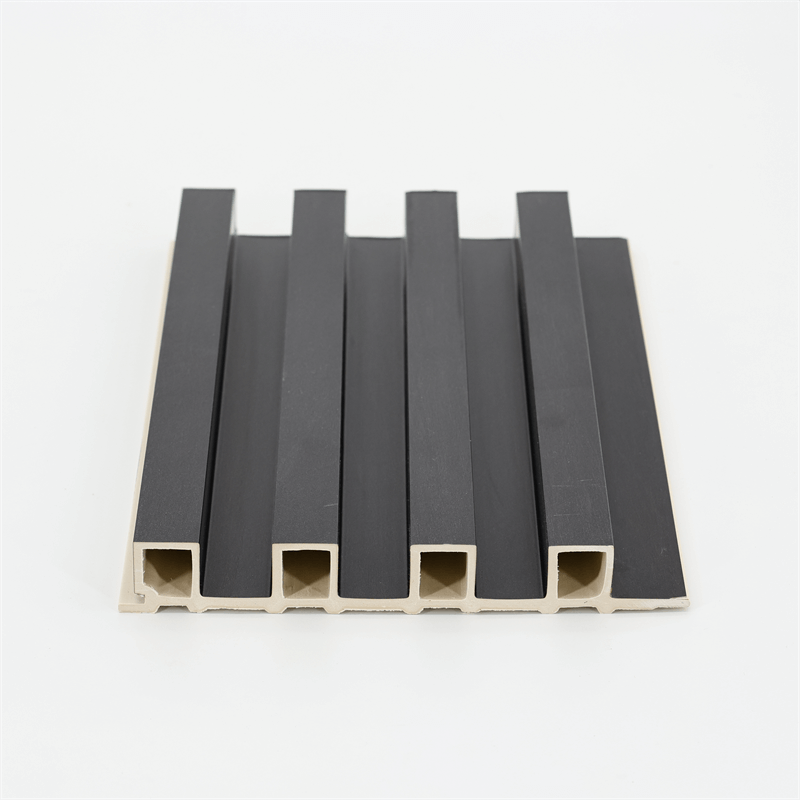In the face of environmental challenges, sustainable building practices have gained significant importance in the architecture and construction industry.
The need for eco-friendly materials has led to the emergence of innovative solutions, such as WPC (Wood Plastic Composite) wall panels.
These panels offer a sustainable building alternative that combines the natural beauty of wood with the durability of plastic.
In this essay, we will explore the role of WPC wall panels in eco-friendly architecture, focusing on their sustainable attributes, resource conservation, energy efficiency, and contribution to a healthier indoor environment.
I. Sustainable Attributes of WPC Wall Panels:
WPC wall panels are renowned for their sustainable attributes, making them a preferred choice in eco-friendly architecture.
These panels are primarily composed of recycled wood fibers, obtained from post-industrial wood waste, and recycled thermoplastics, such as high-density polyethylene (HDPE).
By utilizing recycled materials, WPC panels contribute to waste reduction and the conservation of natural resources.
Furthermore, the manufacturing process of WPC wall panels requires less energy compared to traditional materials.
The low energy consumption reduces the carbon footprint associated with their production, making them a more environmentally friendly choice.
Additionally, WPC panels do not contain harmful chemicals such as formaldehyde, contributing to a healthier indoor environment and improved air quality.
II. Resource Conservation:
WPC wall panels play a significant role in resource conservation. By utilizing recycled wood fibers, they help reduce the demand for virgin timber, thereby curbing deforestation.
As forests act as carbon sinks, the preservation of forests through the use of recycled materials helps mitigate the impacts of climate change.
Moreover, the use of recycled thermoplastics in WPC panels decreases the reliance on petroleum-based plastics.
By diverting plastic waste from landfills and repurposing it into a durable building material, WPC panels contribute to waste management and minimize the environmental impact of plastic pollution.
III. Energy Efficiency and Insulation:
WPC wall panels offer excellent energy efficiency and insulation properties, further enhancing their sustainability credentials.
These panels possess superior thermal insulation capabilities, reducing heat transfer between the interior and exterior of buildings.
As a result, less energy is required for heating and cooling, leading to reduced energy consumption and lower carbon emissions.
Additionally, the insulation properties of WPC panels contribute to improved acoustic performance, reducing noise pollution in indoor environments.
This aspect is particularly beneficial in urban settings or buildings where noise reduction is desired, such as offices, schools, and healthcare facilities.
IV. Healthier Indoor Environment:
WPC wall panels promote a healthier indoor environment, which is a crucial aspect of sustainable architecture.
Unlike traditional materials such as wood or gypsum, WPC panels do not release volatile organic compounds (VOCs) or formaldehyde, which are harmful to human health.
This feature ensures that indoor spaces are free from toxic emissions, enhancing the well-being and comfort of occupants.
Furthermore, WPC panels’ resistance to moisture prevents the growth of mold and mildew, which can have adverse health effects.
By minimizing the presence of these allergens, WPC panels contribute to a healthier indoor environment, particularly in spaces prone to moisture, such as bathrooms and kitchens.
WPC wall panels offer sustainable building solutions that align with the principles of eco-friendly architecture.

Through their use of recycled materials, resource conservation, energy efficiency, and contribution to a healthier indoor environment,
these panels have become a preferred choice for those seeking sustainable alternatives in construction.
The sustainable attributes of WPC panels, including the utilization of recycled wood fibers and thermoplastics, showcase their commitment to waste reduction and resource conservation.
By minimizing the demand for virgin resources and diverting waste from landfills, WPC panels contribute to a more sustainable and circular economy.
Moreover, the energy efficiency and insulation properties of WPC wall panels help reduce energy consumption, leading to lower carbon emissions and enhanced thermal comfort.
Their contribution to a healthier indoor environment, by eliminating harmful emissions and inhibiting mold growth, further emphasizes their sustainable nature.
In summary, WPC wall panels offer a sustainable building solution that combines environmental consciousness with durability and aesthetic appeal.
As the demand for eco-friendly architecture continues to grow, WPC panels are positioned as a valuable asset in the construction industry,
providing a sustainable alternative for those seeking to create buildings that are both visually appealing and environmentally responsible.


